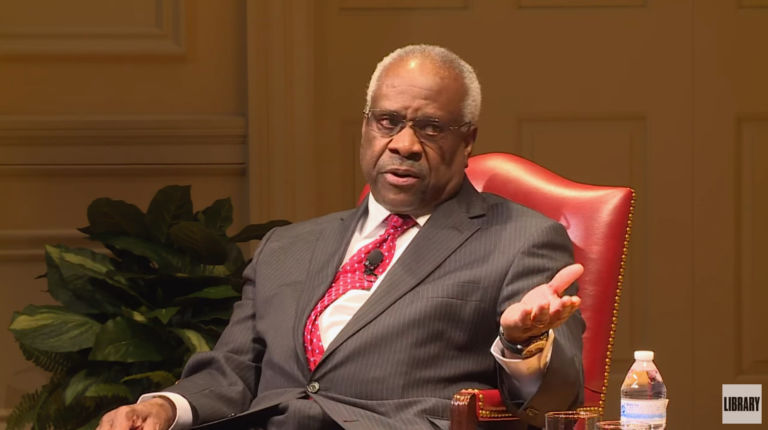John Goodman answers that question at Forbes.com:
What is it about democratic voting that creates pay-as-you-go social security? First, … it meets a need. Second, politicians can appear to meet the need without really paying for it. That means they can confer benefits on some without appearing to impose costs on others. This works because of a Public Choice principle: Information is costly, and because people who bear that cost and learn about what is going on cannot use that information to effectively change anything on their own, people tend to be rationally ignorant about what is really going on. Along the way, government can use its money to falsely advertise (pretending that there really are funds stashed away in “trust funds” in ways that would land a garden variety Wall Street fund manager in prison). It can also deny, ignore or try to minimize the fact that we have promised future retirees far more than any revenues we expect to collect.
Third, pay-as-you-go social security generates revenues in the early years that are much larger than the required payouts. This means that (like a chain letter), politicians can give retirees in the early years more than what was promised. They can also spend the extra revenue on other programs that confer benefits on their constituencies. The incentives to do these things seem to be irresistible. Politicians who don’t do them lose elections.
Finally, as more people are brought into the system, the taxpayer base expands. As the years go by, the beneficiary base also expands. This creates a “ratchet effect,” making it harder and harder for a future group of politicians to undo what has been done.


